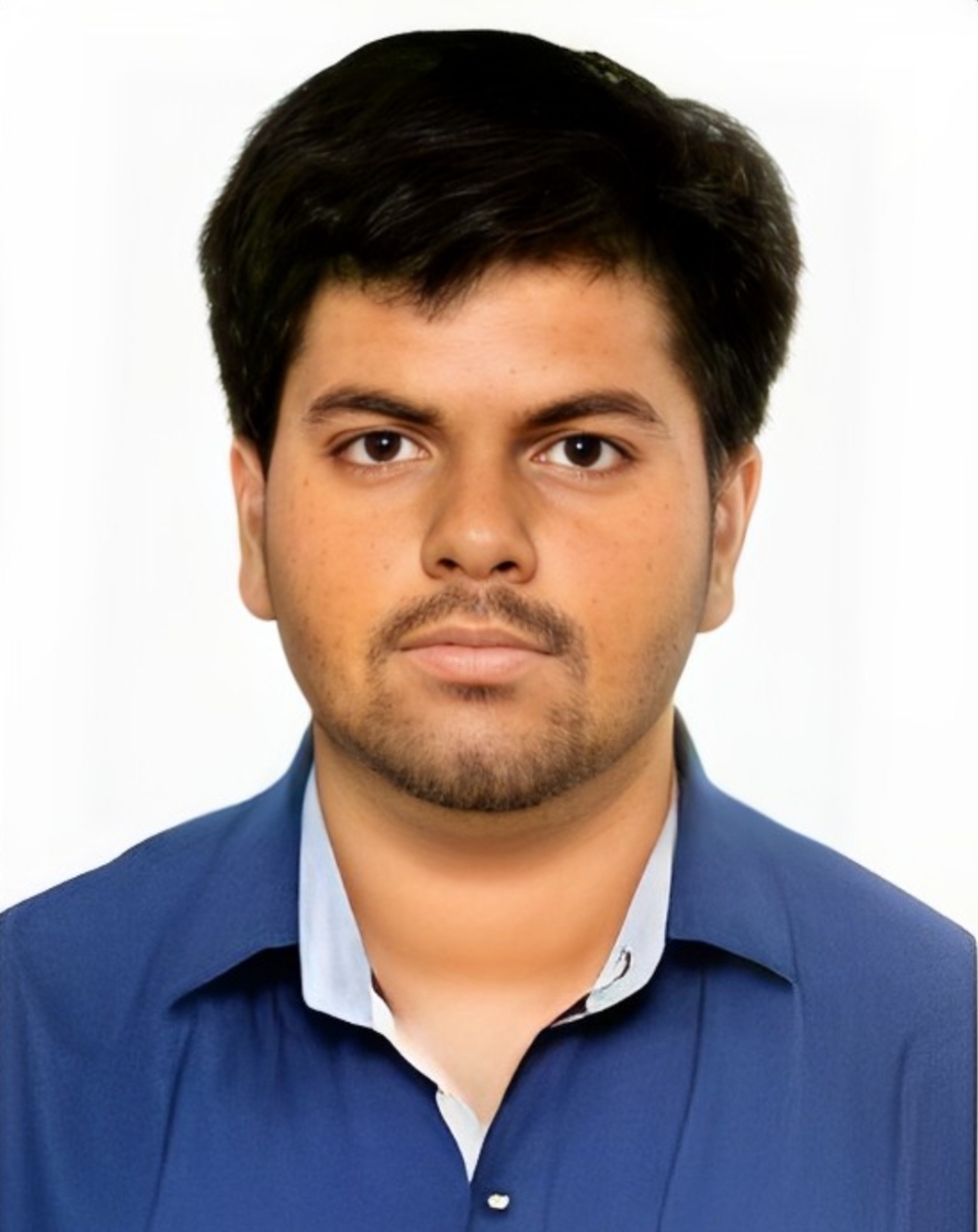Tuberculosis (TB) remains one of the world’s deadliest infectious diseases, and India bears the highest burden. While there have been significant advancements in treatment and diagnostics, a hidden crisis continues children and teenagers suffering from multidrug-resistant tuberculosis (MDR-TB) are underrepresented in official statistics. The reality is alarming: countless young lives are left undiagnosed or undertreated, leading to prolonged suffering, increased transmission, and avoidable deaths.
MDR-TB is a form of tuberculosis where the bacteria develop resistance to at least two of the most powerful first-line TB drugs. This makes treatment far more complicated, expensive, and lengthy. Unlike adults, children with MDR-TB often struggle to get diagnosed due to non-specific symptoms and limitations in testing methods. A recent review of studies conducted across multiple countries, including India and South Africa, has shed light on an unsettling trend—children and teenagers remain largely invisible in TB treatment efforts.
How Many Children Are Affected?
A comprehensive analysis examined over 42 studies involving 23,369 children and teenagers aged 19 or below. Despite India’s high TB burden, researchers found that younger children, especially those under five, were significantly underrepresented in treatment data. This age group is also at the highest risk of severe complications and death if left untreated.
Older teenagers, particularly those aged 15 to 19, formed the bulk of MDR-TB cases in the study, with nearly 70% of reported cases coming from this age bracket. Their disease patterns were similar to adults, making diagnosis relatively easier through microbiological testing. However, younger children, particularly those below five, remained largely undetected, despite evidence suggesting that most childhood TB deaths occur in this age group.
Why Are Young Children Missing from Treatment?
1. Difficult Diagnosis: TB in young children often presents with non-specific symptoms such as fever, weight loss, and persistent cough. Unlike adults, who can produce sputum for testing, children struggle to do so, making microbiological confirmation difficult.
2. Limited Testing Facilities: Many rural areas in India lack access to advanced diagnostic tools like GeneXpert, which can detect drug-resistant TB.
3. Lack of Awareness: Parents and healthcare workers often mistake TB symptoms for common infections, delaying proper medical intervention.
4. Inconsistent Data Collection: Many TB cases among children go unreported, leading to an underestimation of the problem.
Drug-resistant TB is a growing public health emergency. The longer a TB patient goes without effective treatment, the greater the chance of developing resistance to multiple drugs. This prolongs the illness and makes treatment increasingly challenging.
A second review, conducted by researchers from the University of Toronto, examined 48 studies from various countries, including India. The findings revealed that nearly 90% of children and teenagers with extensively drug-resistant TB (XDR-TB) successfully recovered when given appropriate treatment. However, the study also highlighted a glaring issue that very few cases of XDR-TB in children are reported. This suggests that many children with the deadliest form of TB remain undiagnosed and untreated.
MDR-TB treatment is notoriously difficult. While regular TB can be cured within six months, MDR-TB requires at least 16 months of continuous medication. In cases of extensively drug-resistant TB (XDR-TB), treatment can extend from six months to over two years. The side effects of second-line TB drugs can be severe, including nausea, hearing loss, and organ damage, making long-term adherence difficult, especially for children.
India has launched several programs to combat TB, including the National TB Elimination Program (NTEP) and the ambitious Ayushman Bharat health scheme. The government provides free treatment for all TB patients, including those with MDR-TB. However, the latest findings indicate that younger children are still being overlooked.
What Needs to Change?
1. Improve Early Detection:
• Implement routine screening for children in high-risk areas.
• Expand access to advanced diagnostic tools like GeneXpert in rural health centers.
2. Strengthen Data Collection:
• Train healthcare workers to accurately document pediatric TB cases.
• Make reporting MDR-TB cases mandatory to ensure all affected children receive care.
3. Shorten Treatment Durations:
• Research and implement shorter, child-friendly drug regimens to improve compliance.
• Explore newer oral medications that reduce side effects and increase recovery rates.
4. Increase Public Awareness:
• Conduct nationwide campaigns to educate parents and communities about TB symptoms in children.
• Promote school-based health screenings to detect TB cases early.
5. Ensure Medication Supply:
• Strengthen the distribution network to prevent stockouts of MDR-TB drugs.
• Ensure that all children diagnosed with TB have continuous access to treatment.
Countries like South Africa have successfully improved paediatric TB detection rates by integrating TB screening into routine child healthcare visits. Meanwhile, Bangladesh has experimented with shorter treatment regimens, showing promising results in MDR-TB management. India must learn from these models to strengthen its TB elimination strategy.
Tuberculosis is not just a disease of the poor, it is a national health emergency that affects thousands of children every year. The latest research clearly shows that young children with drug-resistant TB are being left behind. This is not just a data gap it is a humanitarian crisis that demands urgent action.
With the right policies, better diagnostics, and stronger community awareness, India can bridge the gap in childhood TB care. Every child deserves a chance to fight this disease, but for that to happen, we need to stop overlooking the smallest victims of India’s TB crisis.
Will India rise to the challenge, or will our children continue to be the invisible casualties of tuberculosis?

 Every child deserves a chance to fight this disease, but for that to happen, we need to stop overlooking the smallest victims of India’s TB crisis.
Every child deserves a chance to fight this disease, but for that to happen, we need to stop overlooking the smallest victims of India’s TB crisis.










.jpeg)


.jpeg)
.jpeg)
.jpeg)
_(1).jpeg)

_(1)_(1)_(1).jpeg)
.jpeg)
.jpeg)
.jpeg)








.jpeg)
.jpeg)